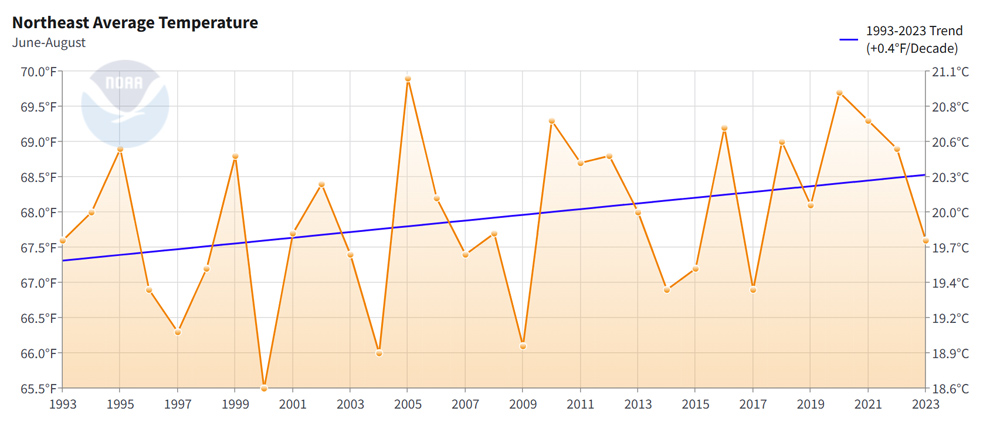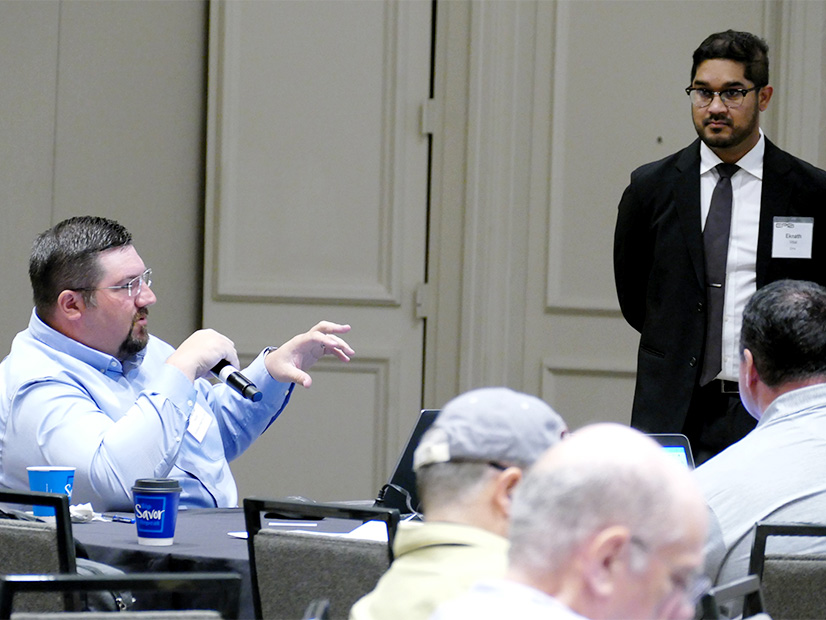Speaking in Waynesboro, Ga., on May 31, Energy Secretary Jennifer Granholm celebrated the completion of Units 3 and 4 at the Vogtle nuclear power plant with a call for the United States to “draw up some more battle plans for more reactors” and triple its nuclear capacity by 2050.
But according to a new report from the Nuclear Innovation Alliance (NIA), significant barriers remain for moving beyond first-of-a-kind (FOAK) projects like Vogtle to the nearly 200 GW of nth-of-a-kind (NOAK) advanced nuclear projects the U.S. will need to reach that 2050 goal.
The first new reactors built in the U.S. since 2016, Vogtle’s two units have come online seven years late and $17 billion over budget, leaving subsequent projects surrounded by perceptions of risk, whether real or not, and under pressure to show they can execute on budget and on time. While the Department of Energy is funding a handful of advanced nuclear demonstration projects, “material financial commitments (i.e., signed contracts and spending on project development) to additional projects have been slow in coming,” the report says.
These projects are generally smaller and use different, more advanced and efficient technologies than the existing 94 reactors at the 54 power plants that make up the U.S. nuclear fleet, which provides nearly 20% of the nation’s power. For example, X-energy, one of the developers receiving federal funds from DOE, is working with Dow to install four 80-MW small modular reactors (SMRs) at the company’s Seadrift, Texas, plant, where it manufactures a range of plastics and other products.
What’s needed for a healthy pipeline of NOAKs will be a clear set of best practices, accelerated permitting, supply chain buildout and innovative approaches to cost- and risk-sharing for project developers and offtakers, the report says.
“Faster growth and clean, firm energy is key to the growth objectives of large offtakers” and may make them more willing to accept more development risk, said Stephen Greene, a senior fellow at NIA and author of the report.
“To accelerate commitments to advanced nuclear, energy offtakers may need to accept a greater portion of the project risks than they do through traditional offtake agreements, such as providing part of the capital commitment to address anticipated costs,” Greene said, speaking at a launch webinar for the report June 3.
Offtakers sharing costs and risks could receive “compensation later, such as an adjustment to offtake costs or participation in project returns,” the report says. “The most impactful private-sector action would be for offtakers to make capital commitments to provide a backstop of project completion costs,” and the Department of Energy also might chip in to cover at least part of any cost overruns, the report says.
Kreshka Young, Dow’s North America business director for energy and climate, said her company is financing the upfront development of the X-energy SMRs like any “project in our normal course of our capital planning, and it will go through our normal capital approval process.”
Dow eventually could look for partners, as offtakers or owners, Young said, but she expects the company’s ownership and business models likely will evolve over time. “But again, at this stage, with the risk levels where they are, the perceptions of risk especially where they are, Dow is today the primary owner of the project.”
“The real emphasis of the report is how to make projects more attractive to capital markets,” Greene said. “Additional financing either from private-sector participants or from new federal capabilities is a kind of assurance that I think capital markets are going to need, especially for initial projects to address … both the perceived and the real risk of cost overruns.”
Other topline findings and recommendations in the report include:
-
- Due to the higher costs of FOAKs, the only way these projects pencil out is if they are developed as part of “an intended multi-project deployment plan (through which the cost of early projects can be shared among the projects).” Costs also can be shared via an “order book” of a number of projects of the same design.
- In the absence of ongoing, widespread nuclear construction, the U.S. must rebuild its supply chain for new plants, in particular, for the high-assay low-enriched uranium (HALEU) used in advanced and small modular reactors.
- Reforms are needed to streamline and speed permitting of new projects at the Nuclear Regulatory Commission (NRC). In a separate overview of potential NRC reforms, NIA noted licensing for advanced and small modular reactors “is challenging because the current licensing pathways have been tailored to conventional, large light water reactors.”
So far, the NRC has certified the design for only one SMR, the NuScale reactor, and authorized construction of a test advanced reactor developed by Kairos Power, according to the report.
From FOAKs to NOAKs
Throughout its construction, Vogtle’s repeated delays and cost overruns made the project a point of controversy, particularly for Georgia Power customers who will pick up $7.56 billion of the price tag for finishing the two units. A report in The Atlanta Journal-Constitution estimated that paying off that extra cost could increase utility bills by 10%.
But with the two units completed and online, Granholm and others at DOE have hailed Vogtle as a major success.
The expanded plant will be producing roughly 35 million MWh of power per year for the next 80 years, “so that is a multigenerational asset,” said Julie Kozeracki, director of strategy at DOE’s Loan Programs Office, which provided about $12 billion in loans for Vogtle.
Kozeracki stressed that the lessons learned from the construction of Unit 3 resulted in lower costs and shorter timelines for Unit 4.
“Many of the challenges faced at Vogtle were true first-of-a-kind issues,” she said. “So, for example, construction began without a complete design, without a mature supply chain, without a trained workforce. But in the course of building Vogtle, we’ve now solved these issues. …
“Unit 4 was roughly 30% cheaper and more efficient than Unit 3,” she said, and the time needed for testing plant systems went from 94 days at Unit 3 to 42 days at Unit 4.
“So the worst thing we could do would be to stop after two units,” Kozeracki said. “Vogtle 3 and 4 are a downpayment for everyone to capitalize on.”
Larger reactors, like the Westinghouse API 1000 reactors used at Vogtle, also can offer economies of scale, which may be particularly attractive to industrial and data center customers looking for large amounts of firm, clean power.
Many existing nuclear sites have room for additional reactors, she said. Vogtle is the only site in the U.S. with four reactors. “Multi-unit nuclear sites are 30% cheaper to operate than single-unit sites, but we have currently 19 single-unit sites. We have 31 sites with two reactors, three with three reactors … so we have a lot of room to grow.”
Still, going forward will require a rebalancing of risks, especially for utilities, Kozeracki and Greene said.
Regulated utilities often cannot recover the high upfront costs of siting, permitting and construction of a new nuclear plant until it goes into operation and “the electricity rates they can charge to customers are not structured to incorporate that degree of risk,” the report notes.
“Tech companies like Google, Microsoft and Amazon have so much to gain with [nuclear] assets coming online,” Kozeracki said. “And they are growth companies that are in a position to take risk, and they have the cash on hand to take some of that risk. So, I think in order to execute on an effective energy transition, utilities are going to have to learn to become more like growth companies.”
“The objective is to get over the hump of concerns about risk and get to a point where we’re building these projects more in the regular course,” Greene said. “Then the companies that are building them will have the ability to take those risks.”

